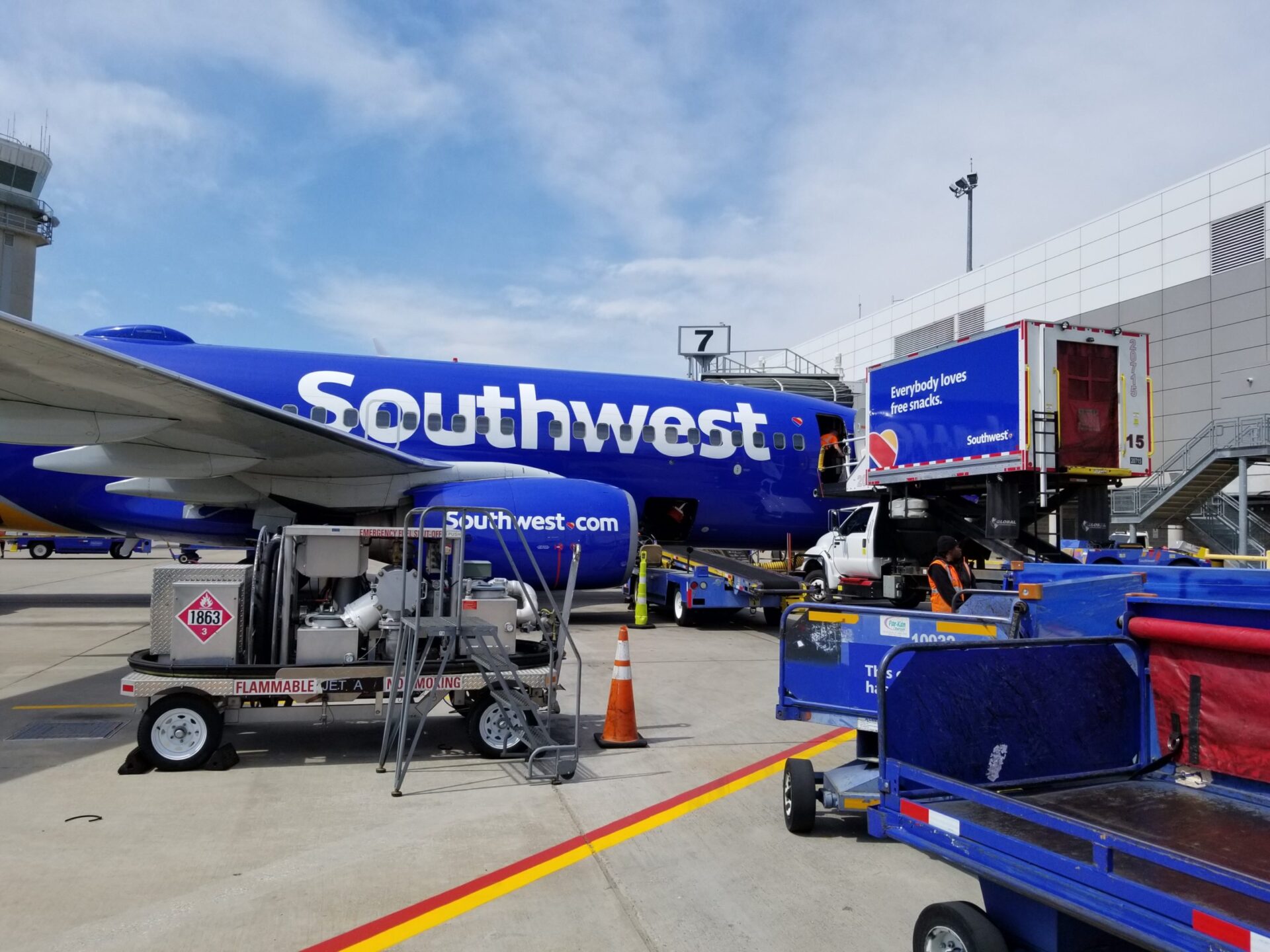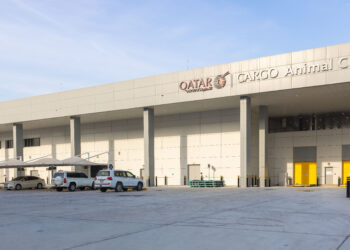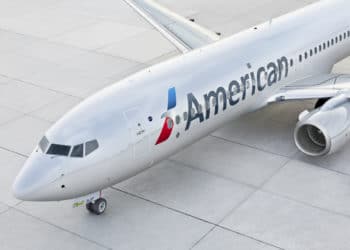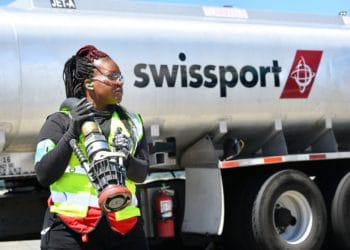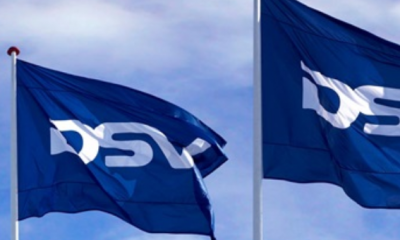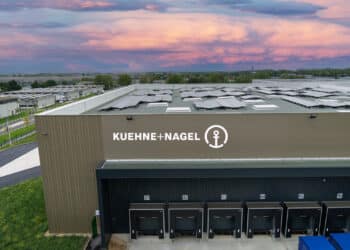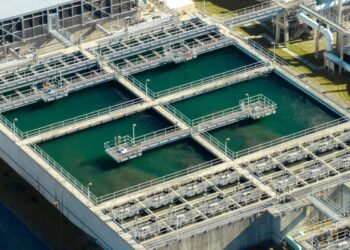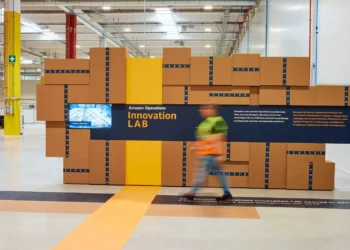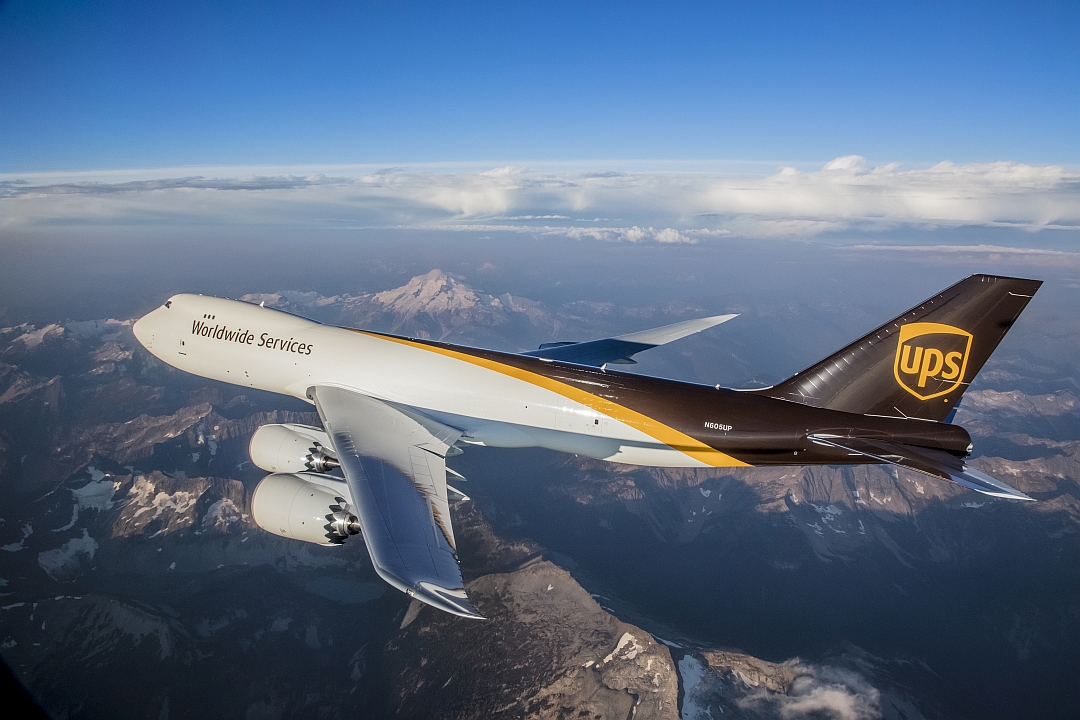No products in the cart.
Hyperloop pioneer TU Delft teams with DHL for competition [VIDEO]
Amsterdam to Paris in 30 minutes. That’s the seemingly impossible goal of the “Delft Hyperloop,” a pod-like capsule developed by TU Delft for the rapid transportation of people and goods through tubes (yes, really). The apparatus that might make such a trip possible arrived in California aboard a DHL freighter yesterday to prove it.
In addition to managing the transportation of the prototype, DHL has contributed to the development of the Delft Hyperloop, including proprietary data on the use of energy and the environmental impact of air and road transport. This information enabled the team to benchmark the performance of the Hyperloop against existing modes of transportation.
The Delft Hyperloop will compete in the “Hyperloop Pod Competition” organized by American entrepreneur Elon Musk’s SpaceX, which proposed the first such link between Los Angeles and San Francisco back in 2013.
Hyperloop technology, while still incipient, has the potential to upend the current freight transportation paradigm across all modes. That said, while physicists pointed out that the technology mostly already exists, nymag.com pointed out that, “various experts in transportation infrastructure and urban planning — people who dedicate entire careers to inching public-works projects along — found Musk laughably naïve about the difficulty of building such a thing.”
The Guardian was even less enthusiastic, but failed to examine the cargo potential of such a link, calling it a “barf ride.” But for high-value medical shipments of organs and tissue, those rules don’t apply, and Musk and other believers are pushing ahead with the project in spite of the naysayers.
Below, an introduction to the Delft Hyperloop:

